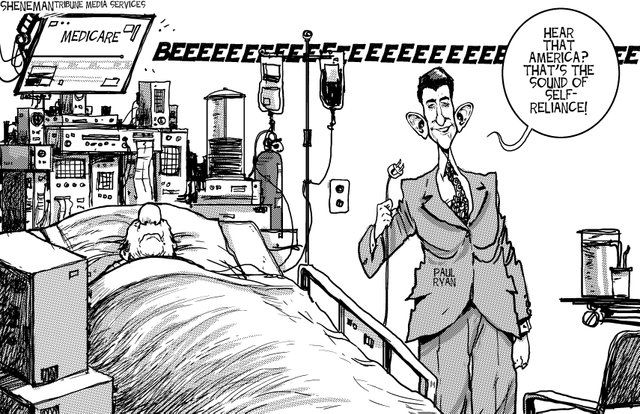In a way, it's a bit like Social Darwinism. While Social Darwinism tends to have a fluid definition, I define it in the sense that society takes a "hands off" approach to prevalent issues and the "fitter" (meaning richer, non-disabled, majority, etc.) humans will be well off- like the law of the jungle.
The assumption that everybody has the ability to access the same information is similar in that it promotes the "survival of the fittest" mentality. Thus, non-disabled people have the advantage while disabilities naturally fall to the bottom of the survival chain.
In a way, it can promote strength to the people with disabilities; they will find ways to work around their disabilities. However, not everybody will have the same relative learning curve, so there's always the possibility of a disadvantage.

